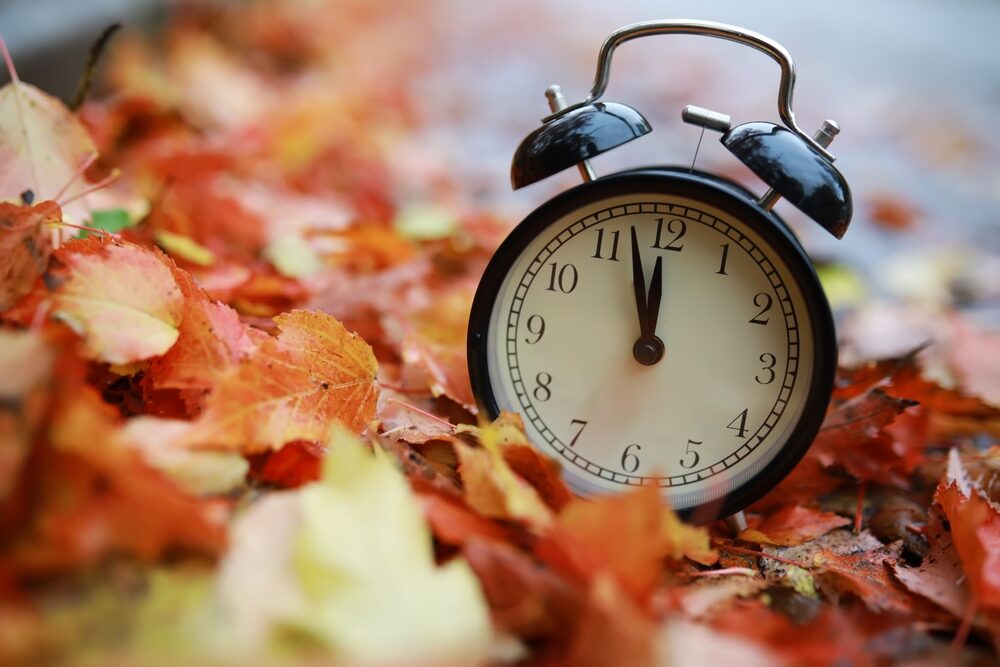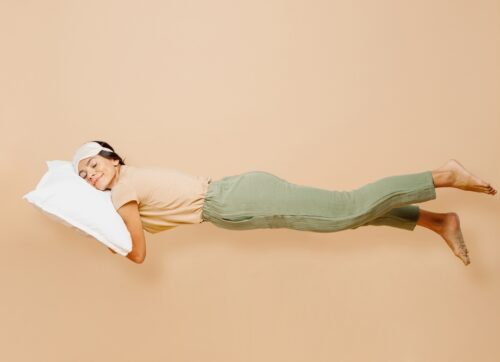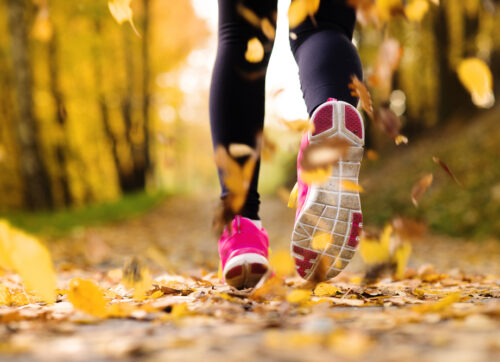
When the Clock Plays Tricks on Your Body
Stay balanced, rested, and in rhythm when time shifts.
- Author:
- Violet Lee
- Date:
- November 6 2025
When daylight saving time arrives, it’s not just the numbers on your clock that change — your body’s rhythm does, too. That internal tug-of-war between natural light, sleep, and daily routines can leave you feeling sluggish or unbalanced. Understanding how time shifts affect your circadian rhythm can help restore calm and reset your flow.
A Brief History of Daylight Saving Time
The idea of adjusting our schedules to make better use of daylight has evolved over centuries:
- Early ideas (18th–19th century): The concept traces back to Benjamin Franklin’s 1784 satirical essay suggesting Parisians could save candles by waking earlier in summer — a playful notion that sparked later ideas about time shifts. webexhibits.org
- Modern proposals (late 1800s–1910s): New Zealander George Hudson and Englishman William Willett advocated for clock adjustments to extend evening daylight for leisure and productivity. Wikipedia+1
- First large-scale adoptions (World War I): Germany and Austria-Hungary were the first nations to implement Daylight Saving Time in 1916 to conserve coal during wartime. Many others soon followed. Wikipedia+1
- Standardization in the United States: Confusion over local observances led Congress to pass the Uniform Time Act of 1966, creating consistent start and end dates across the country while allowing states to opt out. Department of Transportation+1
Over the decades, nations tweaked the length and timing of DST for energy, economic, and social reasons — most recently in the 1970s and 2000s. Some countries continue to “spring forward” and “fall back,” while others remain on permanent standard time. Wikipedia+1
Why Time Shifts Throw Us Off
Your body runs on an internal clock called the circadian rhythm, which relies on natural light cues to determine when to wake, sleep, and restore energy. When we move the clock forward or backward, that delicate rhythm gets disrupted, like experiencing mild jet lag. You may find it harder to fall asleep, feel unfocused during the day, or notice subtle mood changes. The good news? These effects are temporary, and gentle adjustments can help you regain your balance.
How to Gently Rebalance Your Rhythm
A few mindful shifts can make a world of difference:
- Seek morning sunlight. Natural light in the first hour after waking helps reset your internal clock.
- Keep consistent sleep times. Going to bed and waking up at the same time daily helps your body find stability.
- Wind down with intention. Before bed, replace caffeine or screens with calm routines like light stretching, journaling, or deep breathing.
A Moment to Pause and Reconnect
The seasonal clock change can gently remind you to listen more closely to your body. Whether you need a little extra rest, time in nature, or quiet moments of reflection, honoring your natural rhythm supports balance and resilience. Remember the clock doesn’t rule your well-being; the steady pulse within you guides it.
Mindful Reset: 3 Ways to Ease the Time Change Transition
- Rise with the Sun.
Step outside or open your blinds within the first hour of waking. Natural light signals your brain to release serotonin, helping you feel alert and aligned with the new time. - Breathe Before Bed.
Try three slow, steady breaths before sleep — inhaling calm, exhaling tension. This simple ritual tells your body it’s time to rest. - Keep a Gentle Routine.
Your body thrives on rhythm. Keep sleep, meals, and movement consistent, even when the clock changes. Gentle structure helps your nervous system feel safe and steady.
Find more mindful ways to care for your body’s rhythm at We Move to Heal, where small pauses create significant shifts in well-being.
Are you ready to take the journey?
Take the journey and find your nature guide.


